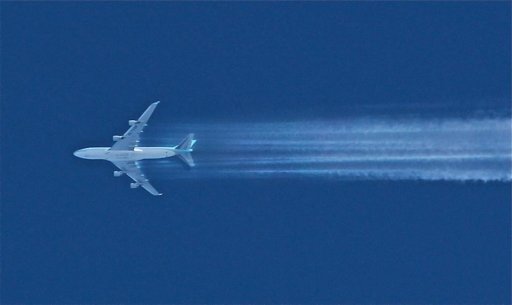MikeC
Closed Account
not really - your photo has the condensation coming from the entire wing, and I suspect the original shows the aircraft at high altitude?
The vietnam one has it coming from part of the wing only, yuo can see the jets from the individual nozzles, is clearly at low altitude, and if you could look at both planes up close you would find a spraying aparartus in Vietnam that is as obvious as dogs balls - you can see the wing boom in a photo on the 4th page of this article and the rear "tail" booms looked like this:

And you would find no spray "gear" of any description on the modern aircraft.
The vietnam one has it coming from part of the wing only, yuo can see the jets from the individual nozzles, is clearly at low altitude, and if you could look at both planes up close you would find a spraying aparartus in Vietnam that is as obvious as dogs balls - you can see the wing boom in a photo on the 4th page of this article and the rear "tail" booms looked like this:

And you would find no spray "gear" of any description on the modern aircraft.



